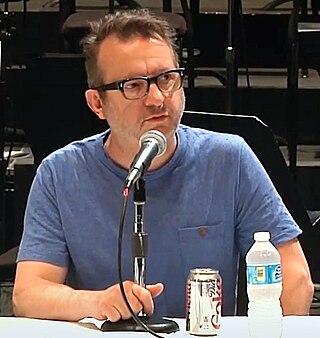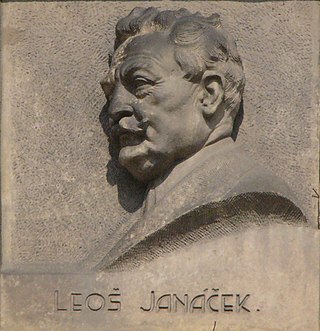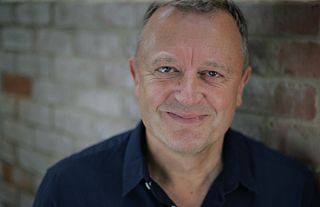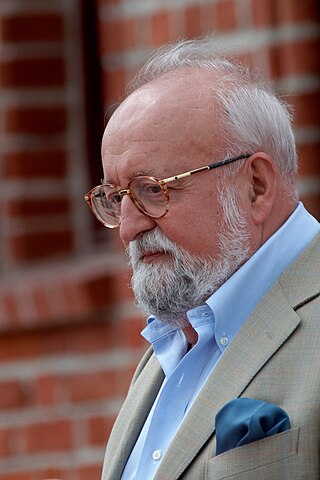
A musical ensemble, also known as a music group or musical group, is a group of people who perform instrumental and/or vocal music, with the ensemble typically known by a distinct name. Some music ensembles consist solely of instrumentalists, such as the jazz quartet or the orchestra. Other music ensembles consist solely of singers, such as choirs and doo-wop groups. In both popular music and classical music, there are ensembles in which both instrumentalists and singers perform, such as the rock band or the Baroque chamber group for basso continuo and one or more singers. In classical music, trios or quartets either blend the sounds of musical instrument families or group instruments from the same instrument family, such as string ensembles or wind ensembles. Some ensembles blend the sounds of a variety of instrument families, such as the orchestra, which uses a string section, brass instruments, woodwinds, and percussion instruments, or the concert band, which uses brass, woodwinds, and percussion.

Mark-Anthony Turnage CBE is an English composer of contemporary classical music.

The Glagolitic Mass is a composition for soloists, double chorus, organ and orchestra by Leoš Janáček. The work was completed on 15 October 1926 and premiered by the Brno Arts Society, conducted by Jaroslav Kvapil, in Brno on 5 December 1927. Janáček revised the mass the next year.
The Armed Man is a Mass by Welsh composer Karl Jenkins, subtitled "A Mass for Peace". The piece was commissioned by the Royal Armouries Museum for the Millennium celebrations, to mark the museum's move from London to Leeds, and it was dedicated to victims of the Kosovo crisis. Like Benjamin Britten's War Requiem before it, it is essentially an anti-war piece and is based on the Catholic Mass, which Jenkins combines with other sources, principally the 15th-century folk song "L'homme armé" in the first and last movements. It was written for SATB chorus with soloists and a symphonic orchestra. Guy Wilson, then master of the museum, selected the texts for the mass.

Patrick Hawes is a British composer, conductor, organist and pianist.

Symphony No. 3 "Kaddish" is a programmatic choral symphony by Leonard Bernstein, published in 1963. It is a dramatic work written for a large orchestra, a full choir, a boys' choir, a soprano soloist and a narrator. "Kaddish" refers to the Jewish prayer that is chanted at every synagogue service for the dead but never mentions "death."
Ivan the Terrible, Op. 116, is the score composed by Sergei Prokofiev for Sergei Eisenstein's film Ivan the Terrible (1942–45) and its sequel (1946), the first two parts of an incomplete trilogy. The project was Prokofiev's second collaboration with Eisenstein, the first being the popular Alexander Nevsky (1938). The majority of the non-liturgical song texts were written by Vladimir Lugovskoy, who collaborated with Prokofiev on the texts for Alexander Nevsky.
Andrew Lloyd Webber's Requiem is a requiem mass, which premiered in 1985. It was written in memory of the composer's father, William Lloyd Webber, who died in 1982.

Augusta Read Thomas is an American composer and professor.

Polish Requiem, also A Polish Requiem, is a large-scale requiem mass for soloists, mixed choir and orchestra by the Polish composer Krzysztof Penderecki. The Lacrimosa, dedicated to the trade union leader Lech Wałęsa, was written for the unveiling of a statue at the Gdańsk Shipyard to commemorate those killed in the Polish anti-government riots in 1970. He expanded the work into a requiem, writing other parts to honour different patriotic events over the next four years.
Antonín Dvořák's Requiem in B♭ minor, Op. 89, B. 165, is a funeral Mass scored for soloists, choir and orchestra. It was composed in 1890 and performed for the first time on 9 October 1891, in Birmingham, England, with the composer conducting.
La Transfiguration de Notre Seigneur Jésus-Christ is a work written between 1965 and 1969 by Olivier Messiaen. It is based on the account found in the synoptic gospels of Jesus' transfiguration. The writing is on a very large scale; the work requires around 200 performers. The forces required include a mixed choir, seven instrumental soloists and a large orchestra; only being surpassed by his opera Saint François d'Assise.
The Sacrifice is an opera in three acts composed by James MacMillan with a libretto by the poet Michael Symmons Roberts based on the Branwen story of the Welsh mythology collection, the Mabinogion. The world premiere took place on 22 September 2007 at the Donald Gordon Theatre of the Wales Millennium Centre, Cardiff. The production was staged by Welsh National Opera, directed by Katie Mitchell and conducted by the composer.
Mothership is a single-movement composition for orchestra and electronica by the American composer Mason Bates. The piece received its world premiere March 20, 2011 at the Sydney Opera House by the YouTube Symphony Orchestra under Michael Tilson Thomas, with featured improvisatorial soloists Paulo Calligopoulos on electric guitar, Ali Bello on violin, Su Chang on zheng, and John Burgess on bass guitar. The premiere was broadcast live on YouTube and garnered nearly two million viewers.

Symphony No. 10, Sumé pater patrium: Sinfonia ameríndia com coros (Oratorio) is a composition by the Brazilian composer Heitor Villa-Lobos, written in 1952–53. The broadcast performance of the world-premiere performance under the composer's direction lasts just over 67 minutes.
The Requiem by the Hungarian composer György Ligeti is a large-scale choral and orchestral composition, composed between 1963 and 1965.
Der glorreiche Augenblick, Op. 136 is a cantata by Ludwig van Beethoven.








